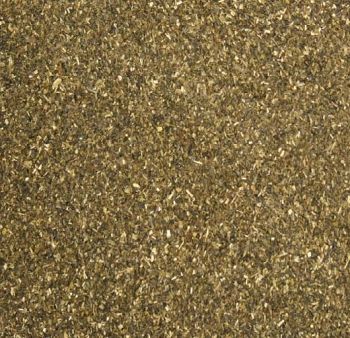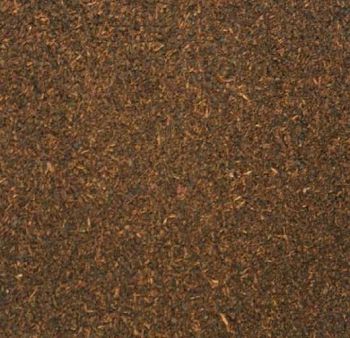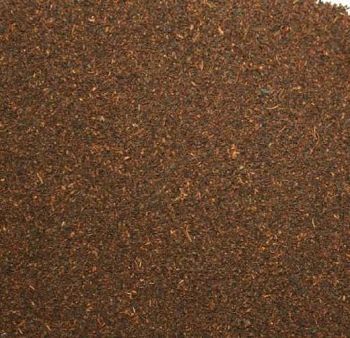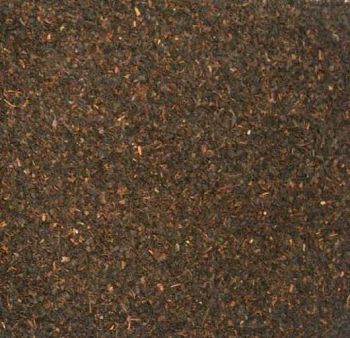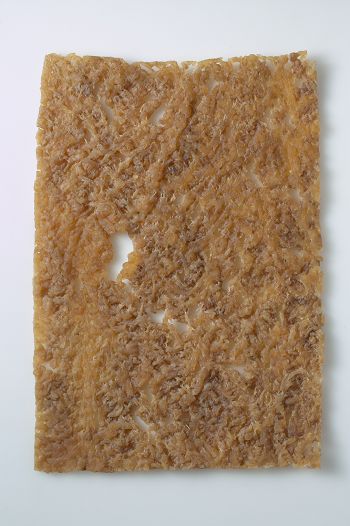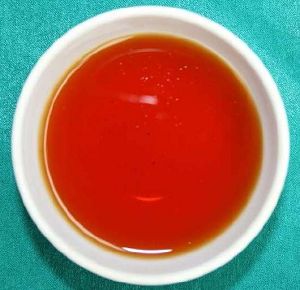
TEA
Our tea plantation is located on the region between 400-1500 meters above sea level. With volcanic soil and tropical climate, the agro climate in these regions is suitable to grow good quality tea. Our tea has been produced with good taste, color, aroma, as well as exclusive tea flavor demanded by costumer in the world market.
Each of our tea processing factories has been conducted by tight quality control through the tea tasting process which guarantees that tea in the market will have good quality based on the tea quality standard.
Our tea plantation has applied Quality Management System ISO 9001:2000 and Food Safety Management System ISO 22000:2005. The other certificates that had been obtained are Organic Certificate, Sustainable Agriculture System (Rain Forest Alliance and UTZ Certified) and Ethical Tea Partnership.
Black Tea
Our black teas are processed in either of two ways, CTC (Crush, Tear, and Curl) or orthodox. The CTC method produces leaves of fanning or dust grades that are commonly used in tea bags and are processed by machines. This method is efficient and effective for producing a better quality product from medium and lower quality leaves of consistently dark color. Orthodox processing is done either by machines or by hand. Hand processing is used for high quality teas. While the methods employed in orthodox processing differ by tea type, this style of processing results in the high quality loose tea sought by many connoisseurs.
Black Tea Orthodox
The withered tea leaves are heavily rolled either by hand or mechanically through the use of a cylindrical rolling table or a rotovane. The rolling table consists of a ridged table-top moving in an eccentric manner to a large hopper of tea leaves, of which the leaves are pressed down onto the table-top. The process produces a mixture of whole and broken leaves, and particles which are then sorted, oxidized, and dried. The rotorvane (rotovane), created by Ian McTear in 1957 can be used to replicate the orthodox process. The rotovane consisted on an auger pushing withered tea leaves through a vane cylinder which crushes and evenly cuts the leaves, however the process is more recently superseded by the boruah continuous roller, which consists of a oscillating conical roller around the inside a ridged cylinder. The rotorvane can consistently duplicate broken orthodox processed black tea of even sized broken leaves, however it cannot produce whole leaf black tea. The broken leaves and particles from the orthodox method can feed into the CTC method for further processing into fanning or dust grade teas.

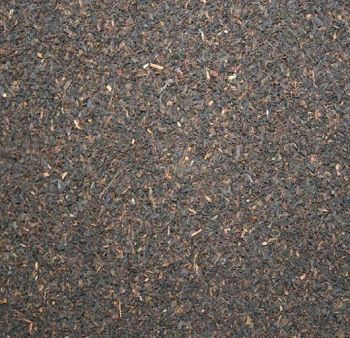


 通過認證
通過認證 
